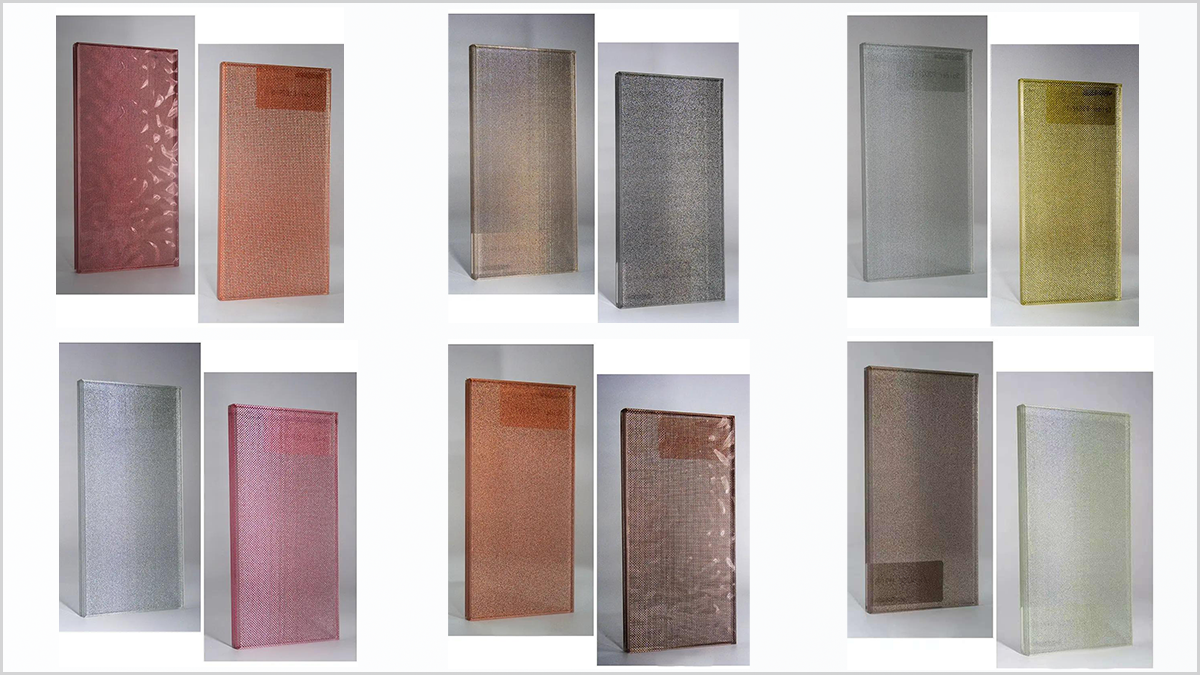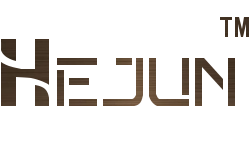What is Fabric Laminated Glass?
Fabric laminated glass is a highly advanced architectural and interior solution that blends aesthetic creativity with structural integrity. This type of glass consists of multiple layers, where a specially selected decorative fabric is interlaid between sheets of laminated safety glass, typically made using polyvinyl butyral (PVB) or ethylene-vinyl acetate (EVA) interlayers. The result is a visually stunning, durable, and functional glass product used in both commercial and residential settings.
The fabric interlayer not only enhances visual appeal but also strengthens the glass and provides additional features like UV protection, sound insulation, and enhanced security. See our related product Category. @Facebook
Key Benefits of Fabric Laminated Glass
1. Safety and Shatter Resistance
Fabric laminated glass is engineered to remain intact even when broken. Unlike traditional glass, it does not splinter into dangerous shards, thanks to its laminated structure. The interlayer holds the fragments together, reducing injury risks and enhancing safety in both residential and public buildings.
2. Customizable Design Aesthetic
One of the most compelling aspects of fabric glass is its customization potential. From subtle textures to bold artistic patterns, designers can choose from a vast array of woven textiles, silk, linen, or synthetic fabrics, giving interior and exterior architecture a unique and personalized look.
This makes it an ideal choice for:
- Office partitions
- Feature walls
- Balustrades
- Retail displays
- Hotel lobbies
3. UV and Acoustic Protection
The interlayer used in fabric laminated glass can block up to 99% of harmful UV rays, reducing fading of interiors, furniture, and artworks. In addition, it provides a natural sound dampening effect, making it perfect for conference rooms, hospital corridors, and luxury residences.
4. Sustainability and Environmental Benefits
Eco-conscious architects prefer fabric laminated glass due to its sustainable manufacturing process and potential to reduce energy consumption. Some interlayers offer thermal insulation, helping maintain indoor temperatures and lowering HVAC costs.

Applications of Fabric Laminated Glass in Modern Architecture
1. Interior Partitions and Walls
Often used to divide spaces while maintaining light flow and privacy. The translucent quality of the fabric layer provides visual separation without blocking light, making spaces feel open yet intimate.
2. Balustrades and Staircase Panels
Safety meets design in staircases and balconies, where fabric laminated glass acts as a supportive structure and a decorative element. The durability and strength allow it to be used as a load-bearing barrier, while the custom fabric enhances the look.
3. Doors and Sliding Systems
Whether used for residential patio doors or commercial entrances, It adds a stylish flair and reinforces privacy without compromising on light transmission.
4. Furniture and Art Installations
Fabric laminated glass is also found in custom furniture, including tabletops, display units, and art installations. Designers and artists utilize its layered texture and lighting compatibility for high-end pieces.

Material Composition and Fabric Choices
Indeed the performance and beauty of fabric laminated glass heavily depend on the selection of materials:
- Glass Layers: Typically tempered or annealed glass for extra durability.
- Fabric Interlayer: Choices range from natural fibers like cotton, jute, and silk, to synthetic options like polyester and nylon.
- Laminating Interlayer: Most commonly EVA or PVB, known for strong adhesion and optical clarity.
Each layer is assembled under high temperature and pressure using autoclave technology, ensuring longevity and performance.
Why Architects and Designers Prefer Fabric Laminated Glass
- Endless Creativity: Designers can push artistic boundaries using complex patterns and layered effects.
- Daylight Utilization: Keeps spaces well-lit without direct exposure.
- Fire-Resistant Options: Some fabric laminated glass variants come with fire-rated properties.
- Privacy Solutions: From complete opacity to partial transparency, solutions can be tailored per room requirement.

